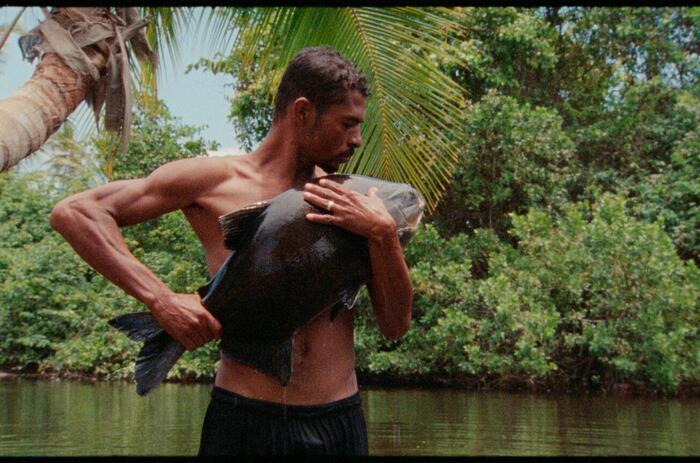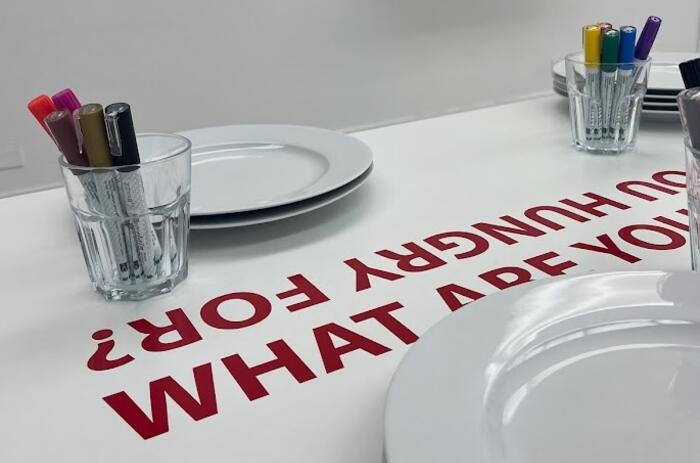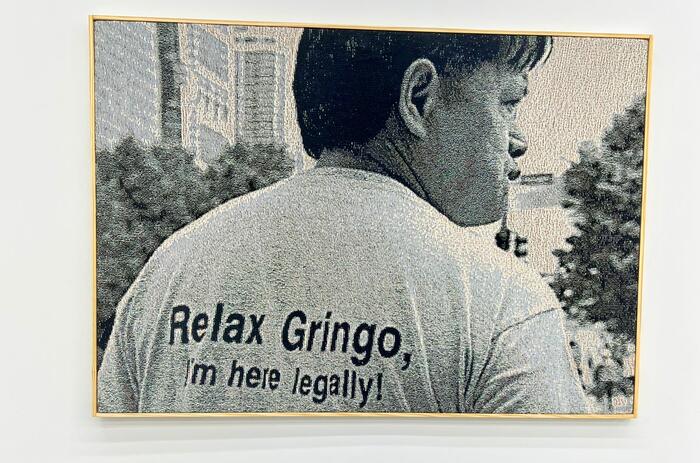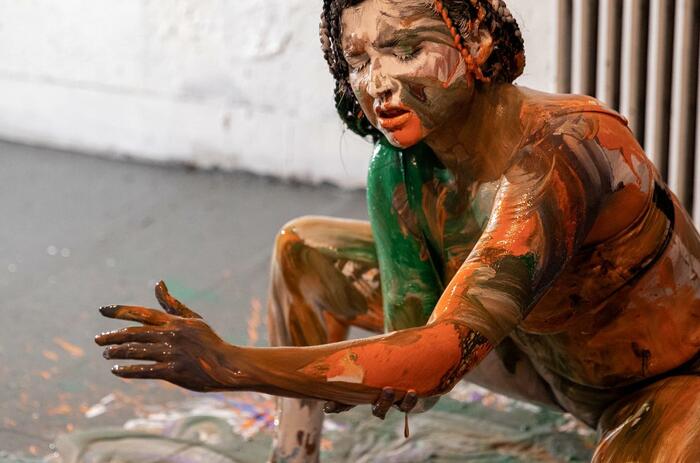TROPICAL: STORIES FROM SOUTHEAST ASIA AND LATIN AMERICA
National Gallery Singapore presents Tropical: Stories from Southeast Asia and Latin America, a major exhibition that takes a comparative approach towards the complex histories of art across these two regions.
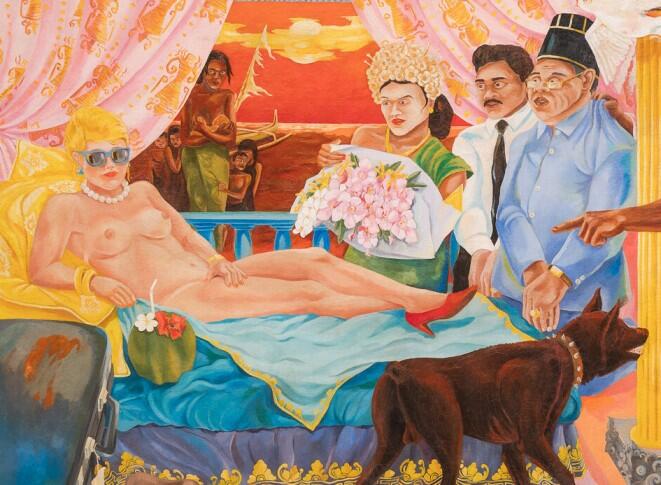
Spanning the 20th century, a period marked by shared struggles against colonialism, the exhibition examines how artistic perspectives were intricately entwined with the social, political, aspirational, and technological narratives of their times.
Tropical seeks to signify and perform this burst of creativity in the formerly colonised world that sought to dismantle imperial power. In this way, Southeast Asia and Latin America, cited alongside each other, persist with their complexity and point towards imperative transformations and sites of concern in the story of modern art.
-
Dolores Zinny for Zinny Maidagan. Tigresses. Handsewn banners and synthetic leather. Juan Maidagan for Zinny Maidagan. Trees. Acrylic on canvas, rubber and coconut coir rope. Dolores Zinny and Juan Maidagan. Vientos Alisios (Trade Winds). Digital print on organza and canvas, 2023. Dimensions variable. Collection of the artists. Commissioned by National Gallery Singapore.
-
Installation view. Tropical: Stories from Southeast Asia and Latin America, National Gallery Singapore, 2023.
In highlighting the intertwined pursuits of postcolonial resistance and recovery, the exhibition works across the practices of paintings, sculptures, film, primary documents, books, prints, sensorial objects, photographs, and installations featuring over 200 artworks by 75 artists. It also offers an insight into architecture and tropical urbanism by evoking the work of the legendary architect Lina Bo Bardi, honouring her iconic crystal easels and various other systems of display, which have been adapted for this exhibition in close collaboration with the acclaimed architecture firm WOHA.
Years in the making, the development of Tropical is informed by concerns emerging from the Gallery’s long-term displays, Siapa Nama Kamu? Art in Singapore Since the 19th Century and Between Declarations and Dreams: Art of Southeast Asia Since the 19th Century. These two multi-year projects have provided a sustained consideration of what makes a work of art “Southeast Asian.” And if a work could be defined so, how it may be prospected in relation to metahistorical events and movements. Through this process, comes the realization that much of the South-East Asia art historical self-determination continues to lack South–South emphases, for example, how artists from the Global South actively connected with one another and shared solidarities to challenge the overwhelming consciousness of Western modernism.
-
Installation view. Tropical: Stories from Southeast Asia and Latin America, National Gallery Singapore, 2023.
-
Hélio Oiticica. Tropicália. 1966-1967, remade 2023. Wooden structures, fabric, plastic, carpet, wire mesh, tulle, patchouli, sandalwood, television, sand, gravel, plants, birds, television and poems by Roberta Camila Salgado, dimensions variable. Collection of Projecto Hélio Oiticica. Installation view
-
Semsar Siahaan, Olympia, Identitas Ibu dan Anak (Olympia, Identity with Mother and Child), 1987. Oil on canvas, 139.5 × 289 cm. Collection of National Gallery Singapore.
In the 20th-century, the term “tropical” cleverly creeps into architecture, design and city planning, embodying climatic aspirations and futuristic concerns; it propagates within the labyrinths of the history of art as a place, location, trope and motif made known by the pastoral, plantation and baroque; it also undergirds, at times, the drive amongst artists, poets and musicians in Southeast Asia and Latin America, who transform it into a site for contestation, debate and self-determination. The term’s capacity to shapeshift for colonialism, nationalism and capitalism means that its activations have often been bewildering. The only reliable marker of this enigmatic phrase is its ability at offering turns in phrases, engagements in linguistic maneuvers, and in figuring notions of agency and of place. Thus, Tropical harnesses the contestations associated with the term across a range of knowledge systems to generate a matrix of 20th-century artistic inspirations across these two regions.

